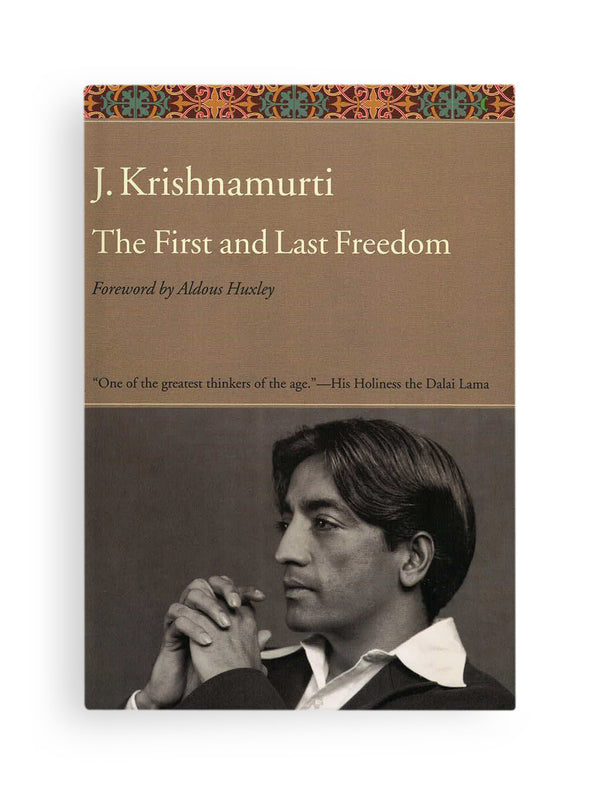Newly back in print: The Only Revolution is in many ways similar to some of Krishnamurti's earlier works and establishes him as one of the finest writers in the genre of religious and philosophical literature. The evocative descriptions of nature, the vividly etched sketches of those who come with their emotional or intellectual problems, and the way Krishnamurti, in the dialogues that follow, unravels step by step, the implications of various questions, are all found here. However, what is special about this book is that many of the chapters are prefaced by, or are interspersed with, brief but profound reflections on meditation. Also, we come across a wealth of characters and a range of existential questions posed by them: a rich successful lawyer who is a believer in Vedanta; a young lady who has lost in quick succession her husband as well as her child; a gunnery instructor 'whose livelihood forces him to teach others the art of killing' but is keen on finding God; a school teacher proud of his ancient race and tradition; a sannyasi swearing by isolation and a psychoanalyst quite tearful about her loneliness; a young man wanting to lead a religious life; an artist 'enclosed within the dream of his own gifts', a mathematician, a scientist, a film director...
Jiddu Krishnamurti lived from 1895 to 1986, and is regarded as one of the greatest philosophical and spiritual figures of the twentieth century. Krishnamurti claimed no allegiance to any caste, nationality or religion and was bound by no tradition. His purpose was to set humankind unconditionally free from the destructive limitations of conditioned mind. For nearly sixty years he traveled the world and spoke spontaneously to large audiences until the end of his life in 1986 at the age of ninety. He had no permanent home, but when not traveling, he often stayed in Ojai, California, Brockwood Park, England, and in Chennai, India. In his talks, he pointed out to people the need to transform themselves through self knowledge, by being aware of the subtleties of their thoughts and feelings in daily life, and how this movement can be observed through the mirror of relationship.
















